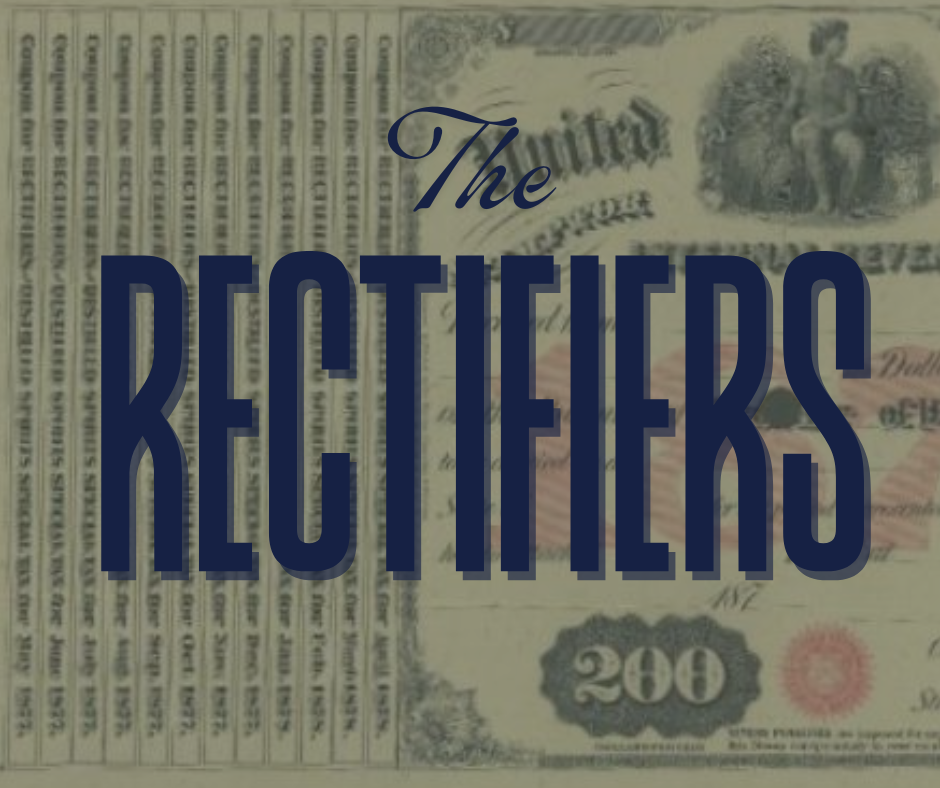July 1871- Trouble was brewing in Lancaster, PA between competing rectifiers, and one of the rivals took his grievance to the local paper- the Intelligencer Journal.




These clippings reveal that two neighboring liquor stores in Lancaster, Pa were rivals with one another. You can see from the ad taken out by J.R. Watkins that he was VERY frustrated with his neighbor selling products which he believed to be fraudulent. This was 1871, and both liquor men were rectifiers in the city of Lancaster. Sadly, I could not find a rebuttal to Mr. Watkins’ claims, but it’s not hard to imagine that his competition was mislabeling his products. Although, who knows?! Maybe he was projecting his own mislabeling onto his neighbor! There were no federal laws against mislabeling in the 1870s, after all. Liquor men were kept in line was the consumer in those days. If you were outed for falsifying labels, as this Mr. Elijah Hunt was accused of doing, he wouldn’t be in business for long. Notice that there is no claim of poisoning his customers or of adding anything questionable to his spirits. This is simply a case of mislabeling and dishonesty- nothing terribly out of the ordinary for any other competitive business.
Being “a rectifier” in 1871 simply meant that you possessed a rectifier’s license which allowed you to buy liquor from a distiller and compound, redistill, or blend the spirits you’d purchased. Rectifiers purchased liquor at wholesale and repackaged that liquor in whichever way they saw fit under their own brands’ labels. Some liquor firms were able to secure the right to sell a distiller’s product exclusively for that distiller through their stores. While we often tend to vilify rectifiers today and insist that they were selling tainted or adulterated products, rectifiers were a diverse bunch. In many cases, they were simply acting as blending houses, similar to those we see today in the UK. These businesses were located in every major American city and were built upon generational knowledge in blending and in the rectification of spirits. Reputations were built on trust from their consumers, so there was little benefit to be gained from adulterating or falsifying a product. While there were certainly snake oil salesmen out there, those tended to be traveling salesmen or men trying to “make a quick buck.” These were not brick and mortar family businesses. Even the popularly referenced “Duffy’s Pure Malt Whiskey” was a genuine malt whiskey. The advertising for Duffy’s Pure Malt may have been misleading and disingenuous (To put it mildly!), but there was nothing poisonous or deleterious in the whiskey. If you want honesty, “truth in advertising” is not something the liquor industry has ever been particularly well known for…
Here’s a modern explanation of what a rectifier is in the 2020s- It’s not far from what a rectifier has always been throughout history. The obvious difference lies in the limits that are now placed on quality control. https://www.youtube.com/watch?v=jC6aJ5RhYYY

